Glass Lizard
Florida Scrub Lizard
Indo-Pacific Gecko
Indo-Pacific Gecko
Many of you may have seen these little brown lizards scurrying around the lights outside of your house at night. But did you know that this little girl holds an amazing secret? She is an Indo-Pacific Gecko, Hemidactylus garnotii, and she, like all of her sisters, is parthenogenic! As her name implies, this little Indo-Pacific gecko is not native to Florida, but instead is from southeast Asia. But, its ability to hide out in shipping containers and its unique reproductive strategy has made it easy for this species to spread.
Parthenogenesis is a natural form of asexual reproduction where the embryo is able to develop without the introduction of a sperm cell. There are several different types of parthenogenic reproduction, but let’s look at this little gecko species specifically. Indo-Pacific geckos are all female and reproduce by apomictic parthenogenesis. This means egg cells develop directly into embryos and are genetic clones of the mother. In Indo-Pacific geckos, the method of reproduction is via obligate parthenogenesis. This means this species reproduces entirely through asexual means.
So, since this species can spread with a single individual, it’s no wonder they have become such a widespread species. The earliest known specimen was found in Florida in 1963 and arrived through cargo shipments. They can be found over much of the state, but seem to be found mostly around man-made structures. The impacts of this non-native species are unknown at this time. There are several species of gecko in Florida that are also non-native, and look similar to the Indo-Pacific gecko, the most common of these is the Mediterranean gecko.
The Indo-Pacific Gecko can be identified by its smooth skin, toe pads, and orange color under the tail. In the images, you can see two eggs developing in this female right through her skin! They are insectivores and will hang around your porch lights at night in hopes of catching an easy meal. They have many predators in Florida. Snakes, large frogs, birds, and other nocturnal lizard eaters all make this gecko part of their diet.
Photo Credit: Andy Waldo
Green Anole
Green Anoles (Anolis carolinensis) are native to Florida. They are found in natural and suburban areas throughout our entire state.
Adult Green Anoles grow to 5-8 inches long. Males have a solid pink throat fan known as a dewlap. Anoles can quickly change from bright green to a dull brown color to blend into their surroundings. Their favorite foods are roaches, beetles, flies, spiders, and other small invertebrates, which makes them beneficial to your garden.
You may find these lizards hiding in shingles, under tree bark, or in rotting logs in cool weather. In warmer weather, look for them basking in plants, on fence tops, or on rooftops. Females lay single, round eggs in rotting wood or moist soil throughout warmer months. The tiny lizards emerge from their eggs, looking like miniature adults.
The biggest threat to Green Anoles is the introduced Cuban brown anole. Because they are great climbers, Green Anoles move vertically up in their habitat, which allows them to decrease competition by claiming the higher habitat among the trees as their own.
Florida Reef Gecko
The Florida Reef Gecko (Sphaerodactylus notatus) is the smallest lizard in the United States. They are tiny, only growing to 2 – 2.25 inches. They have a rounded body with large, overlapping scales on their backs. The body and tail are covered with dark spots on a brown background. Females have three broad, dark stripes on their heads.
The Florida Reef Gecko is found in the Dry Tortugas, Florida Keys, and southeastern mainland Florida. They can be found in pinelands, hammocks, and vacant lots. They are active at dusk and feed on tiny insects and spiders. Females lay one egg at a time. When born, hatchlings are over an inch long.
The Florida Reef Gecko could be impacted by human development as well as competition from introduced geckos. The only native gecko in Florida, the Florida Reef Gecko abundant within its range.
Photo credit: FWC
Florida Worm Lizard
The Florida Worm Lizard (Rhineura floridana) is neither a worm nor a lizard. It is the only member of the genus Rhineura. This odd little creature has no eyes. It spends most of its time underground and does not need vision. In the event of heavy rain, you may see these odd fellows above ground. They feed on any invertebrate they can, including spiders, earthworms, maggots, and ants. To make them even weirder, they are sex-less in that they are neither male nor female. They reproduce by a process called parthenogenesis. This means that they basically make clones of themselves. A benefit of this method is that they do not need to find a mate which could be difficult when you spend your life in the dirt. Our most common ancestors are the Amniota. This section of our clade represents animals that develop from an egg, either internal or external. The Florida worm lizard may not be the cutest creatures, but we think there is something lovable about these unique little underdogs.
Southern Five-Lined Skink
Adult Southern Five-lined Skink. This fella is in the process of regenerating his tail. Young skinks have a bright blue tail, which detaches when a predator tries to capture them. This gives them a chance to get away. As they get older, skinks get a reddish head, and the stripes on the males fade. These lizards move fast, so keep your eyes open when exploring damp trails.
Eastern Five-Lined Skink
These pictures might look like different skinks, but they are the same species. In the first picture, you can see that the eggs look painfully larger than the young skink next to them. Don’t worry. They are much smaller when laid. The eggs start small but will swell with water. The eggs are usually laid in a damp location with some burrowed areas around them. You may find them under flower pots or bricks. The second picture shows the vibrant color of the newborn skink. Newborns are about 4 cm in length. The bright colors will fade over time, but juveniles will retain the bright blue tail. You can see the bright coloring has faded in the third picture, leaving just the black and yellow stripes. This skink has just entered adulthood. Females will retain this appearance throughout the rest of their lives. In the fourth picture, you can see a full-grown male skink. The stripes have faded, and the head is a bright red color. These little lizards are very fast, and it’s difficult to see them, but they are fascinating to watch as they hunt for small insects. Much like a cat, they flicker their tail as they stalk their prey.
Eastern Fence Lizard
The Eastern Fence Lizard (Sceloporus undulatus) occupies a large range in the eastern part of the United States, including much of Florida. They are masters of camouflage. If you are paying attention while sauntering around the woods, you will see these lizards basking on the trunks of trees, most notably pine and oak. This one is sitting on the side of turkey oak. They will remain motionless in hopes of going unseen. Only when they are approached closely will they flee.
The mature males have an amazing, bright blue belly, unlike the female’s white belly. Females lay 3-16 eggs in late spring, and babies hatch in late summer.
They grow to about 7 inches and feed on small insects. They occupy various habitats over their range, but they are most often seen in pine forests and scrub habitats in Florida.
Here, this mature male shows off his beautiful, metallic blue belly as he suns himself on a cool fall morning.
This guy, relying on his camouflage, allowed me to get quite close to him without so much as him flinching. He lives in a pine, upland forest with a wiregrass understory that sees an occasional fire. In fact, he is perched on the charred remains of a pine tree. The presence of fire is critical for the health of this type of ecosystem and the species that depend upon it, such as this fence lizard.
Keep your eyes open for these amazing residents!

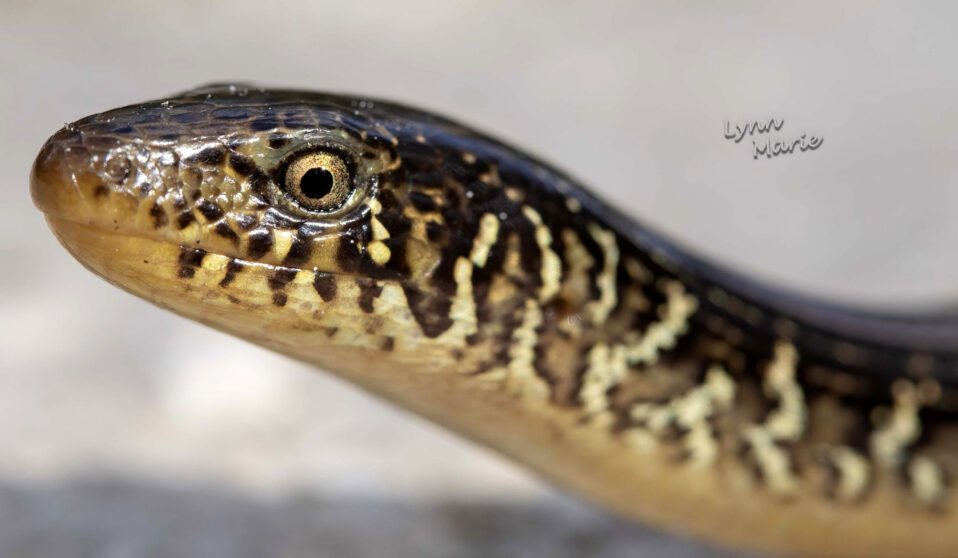
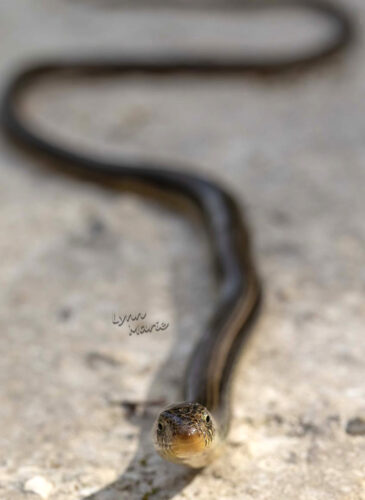
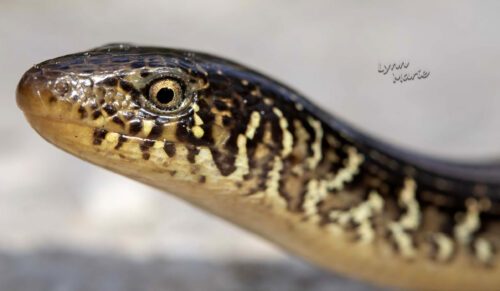
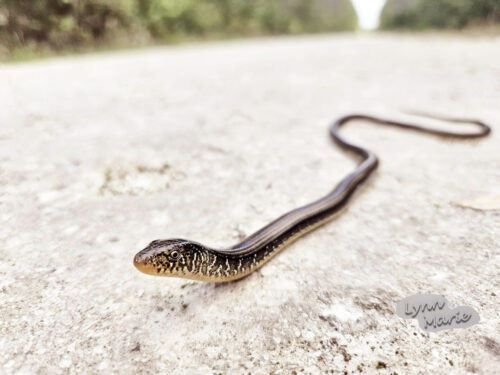
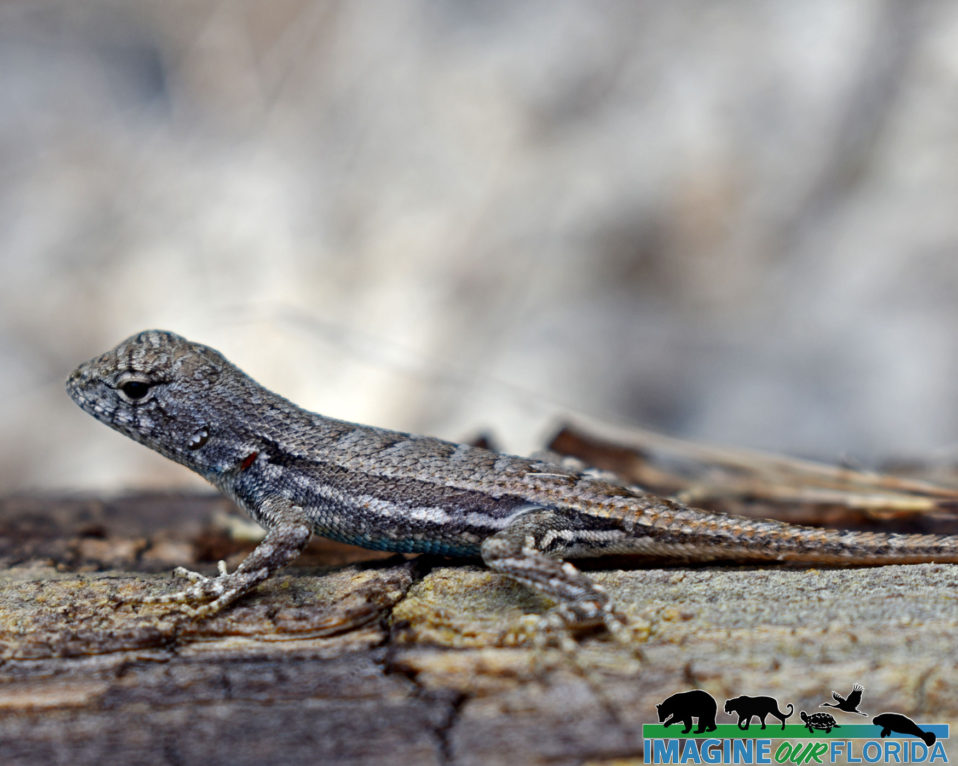
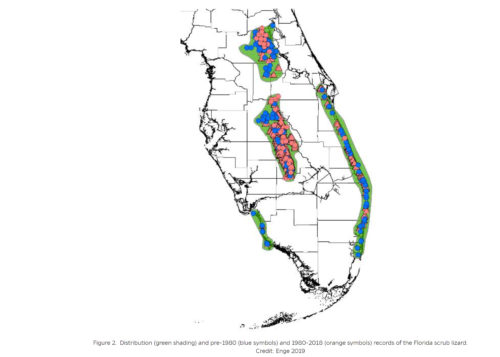
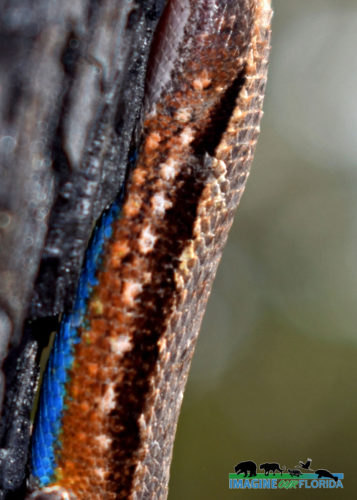
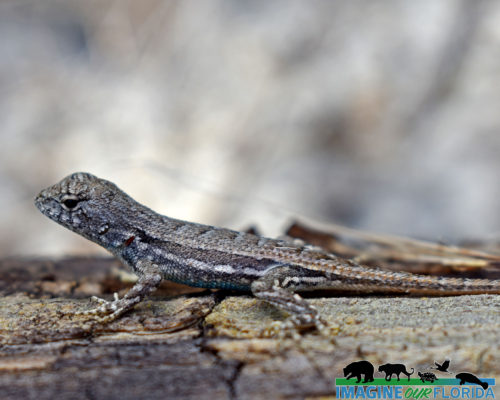
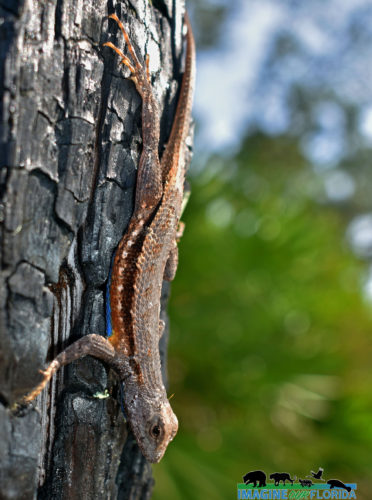
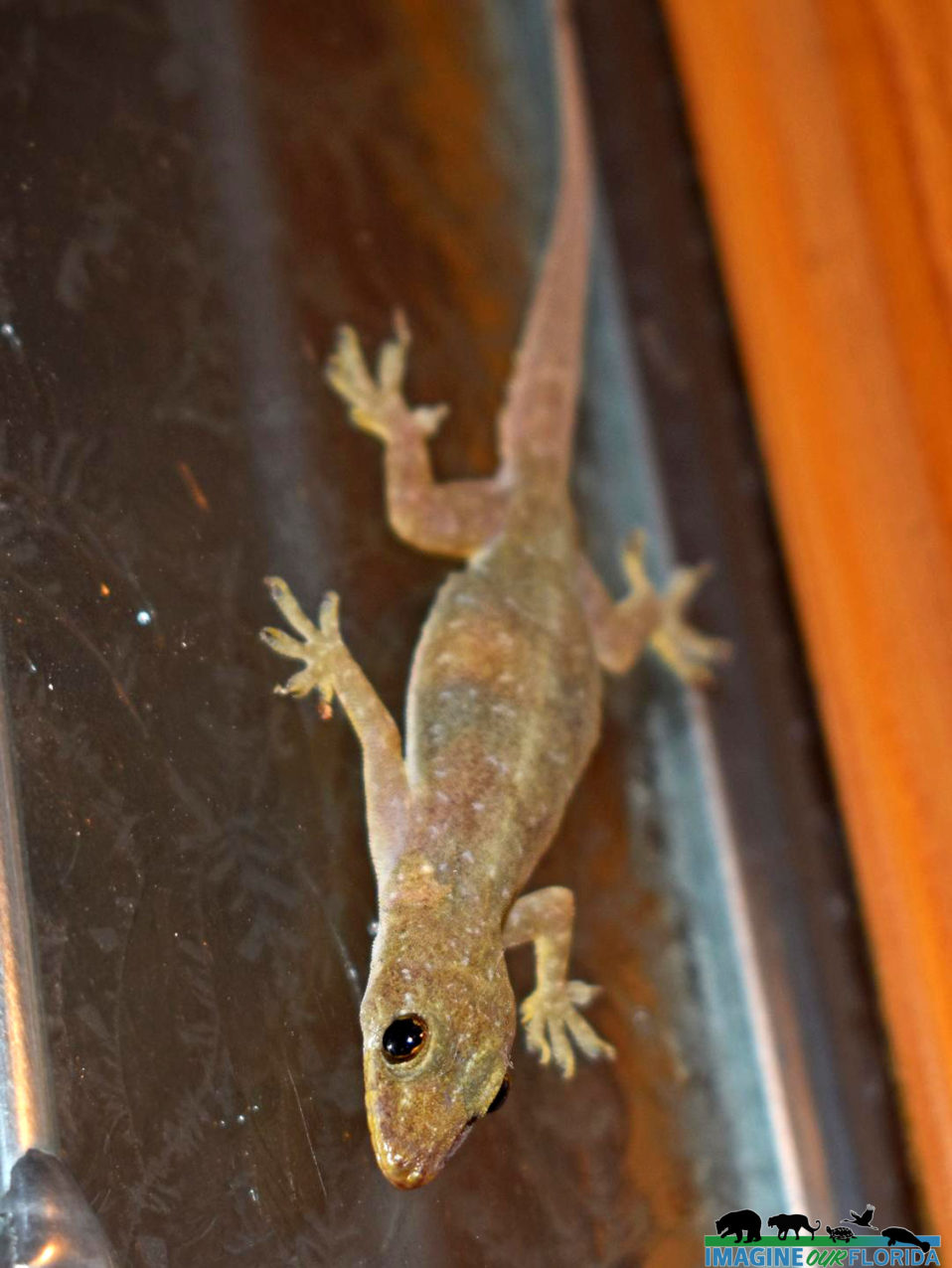
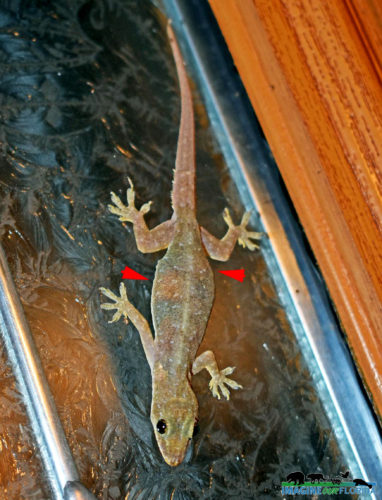
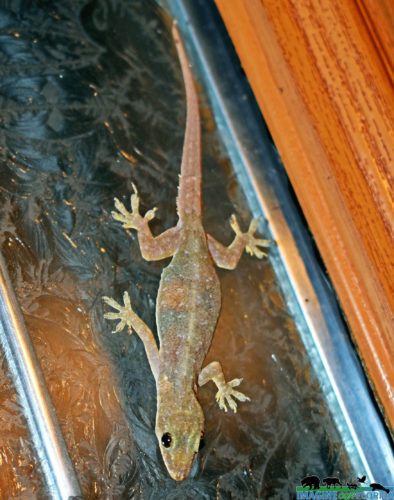
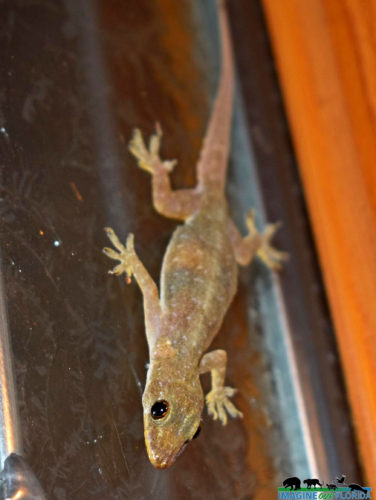
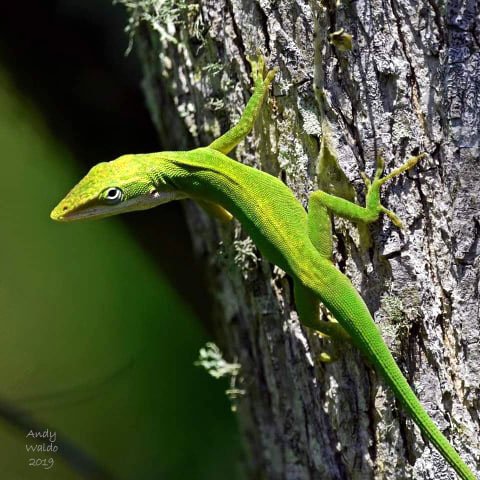

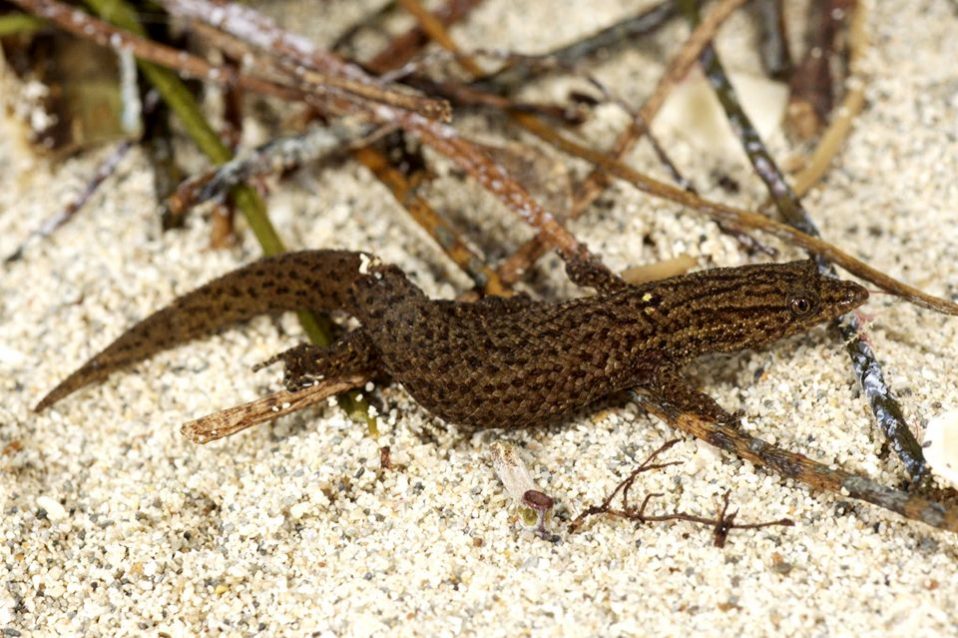
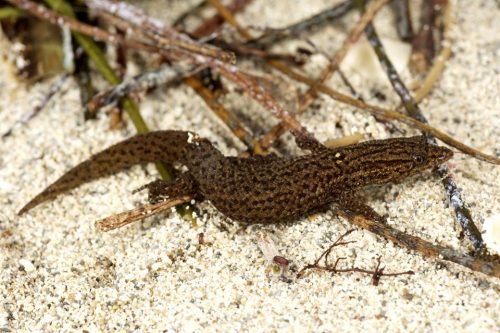
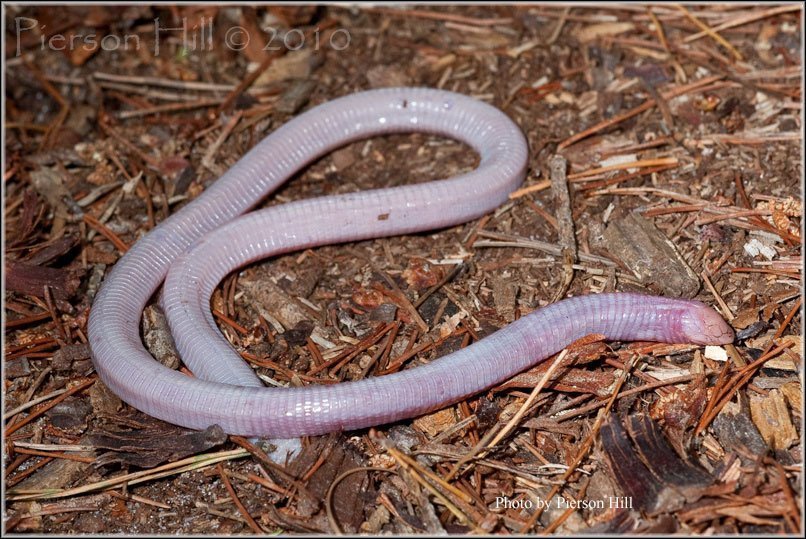
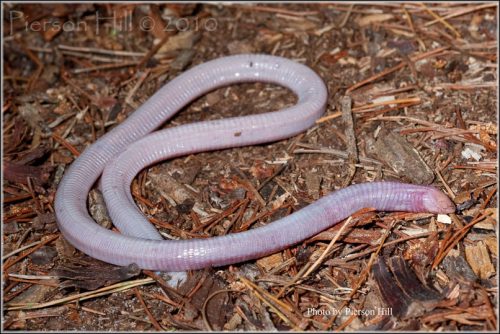
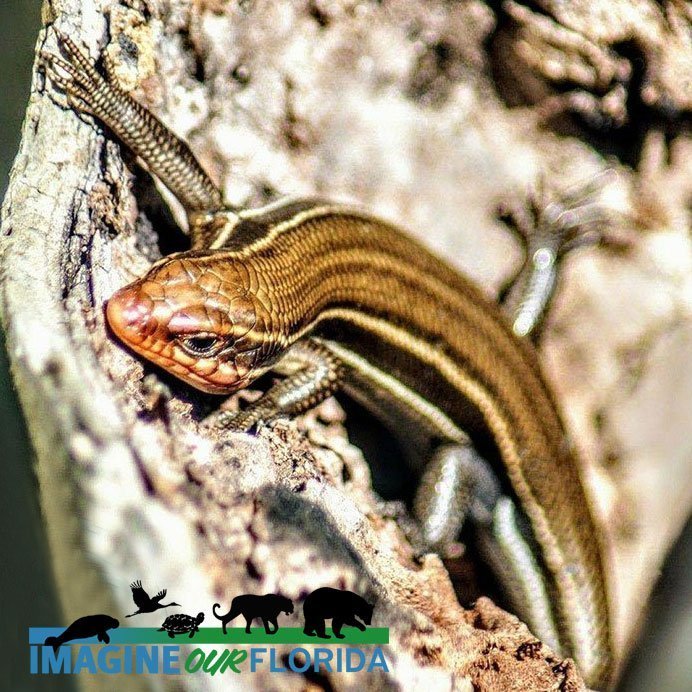
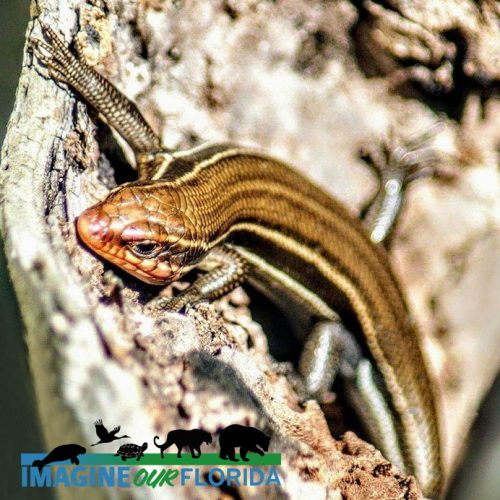
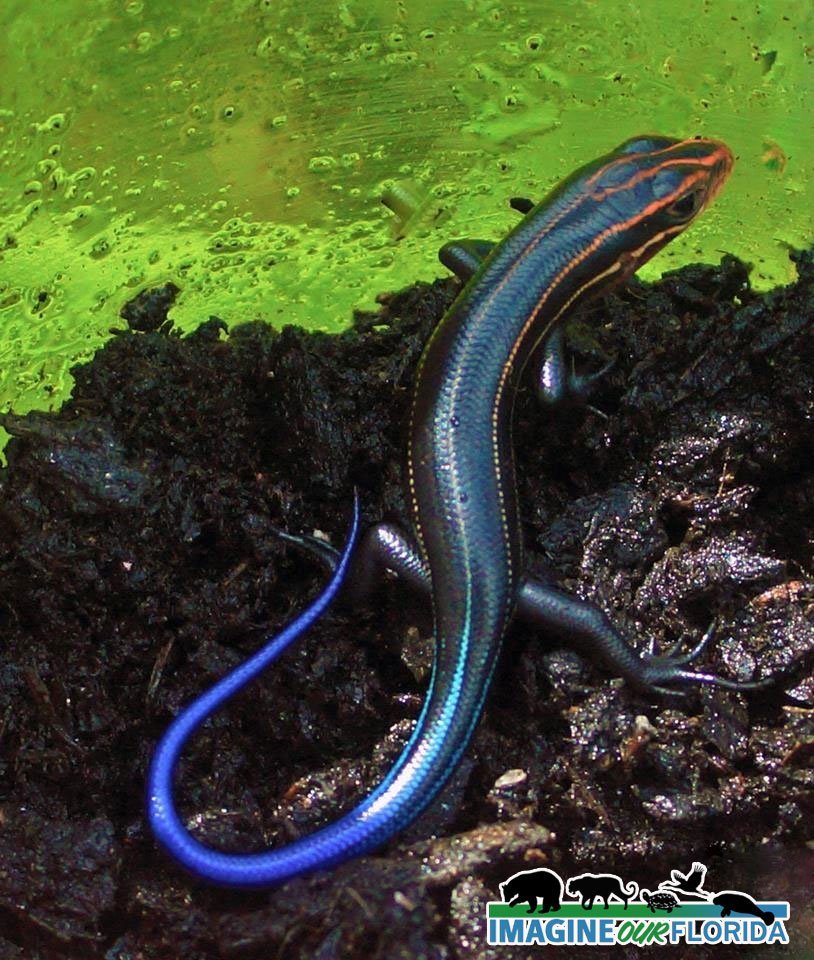
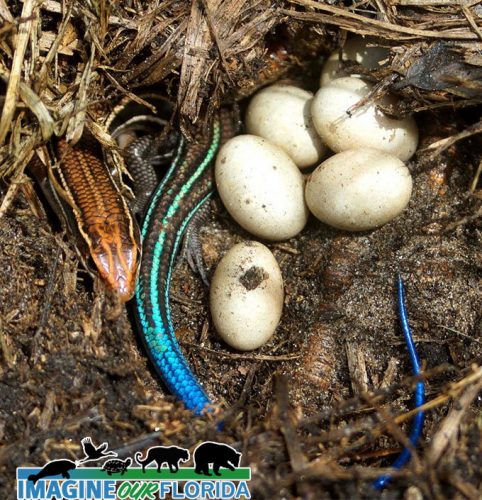

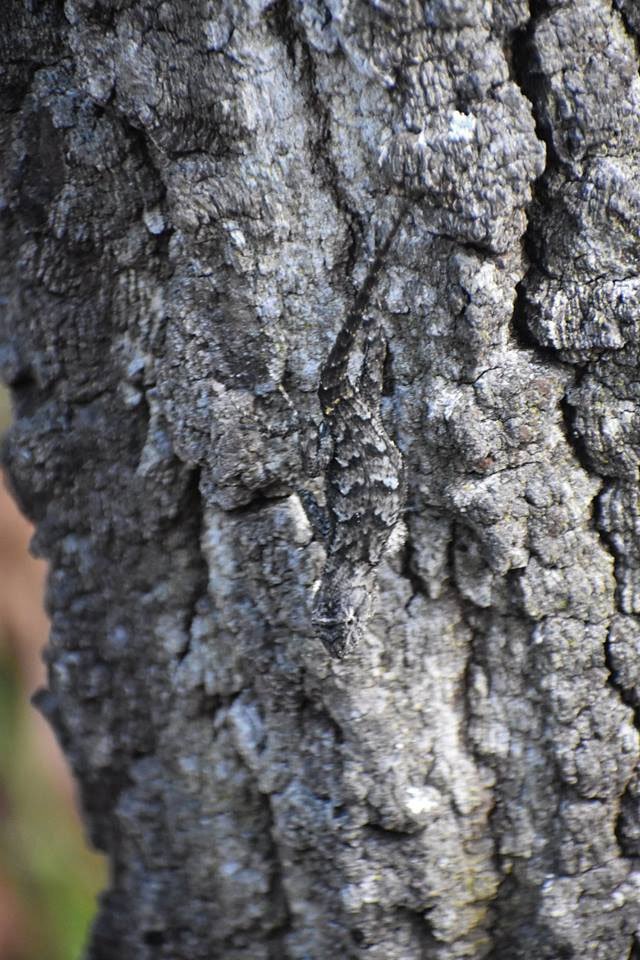
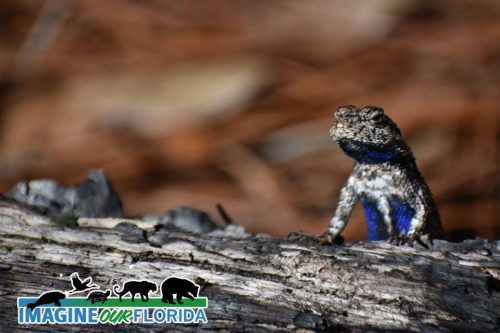
Recent Comments